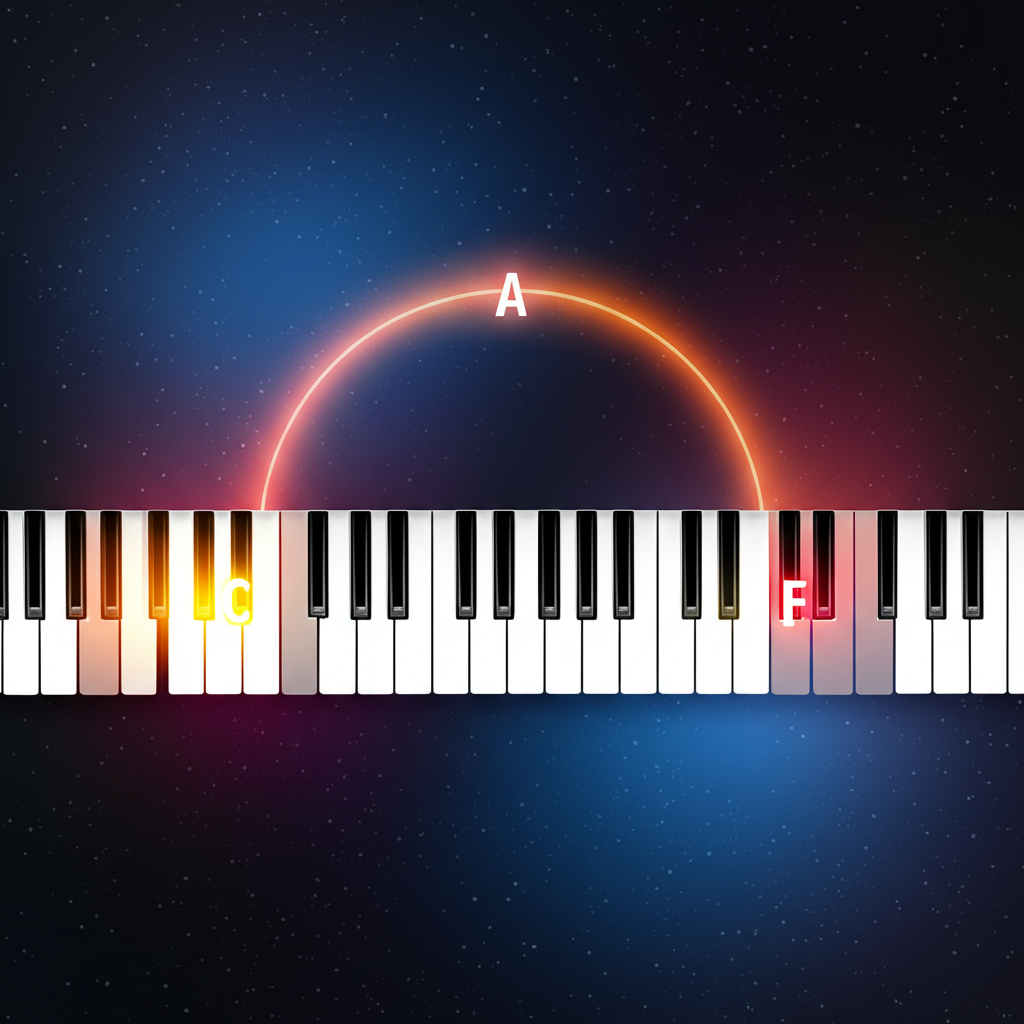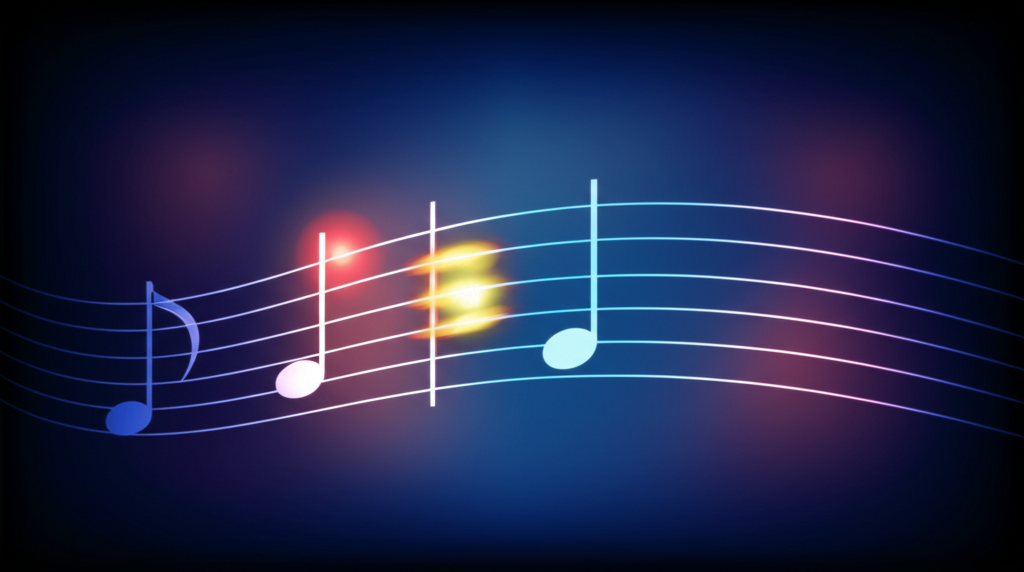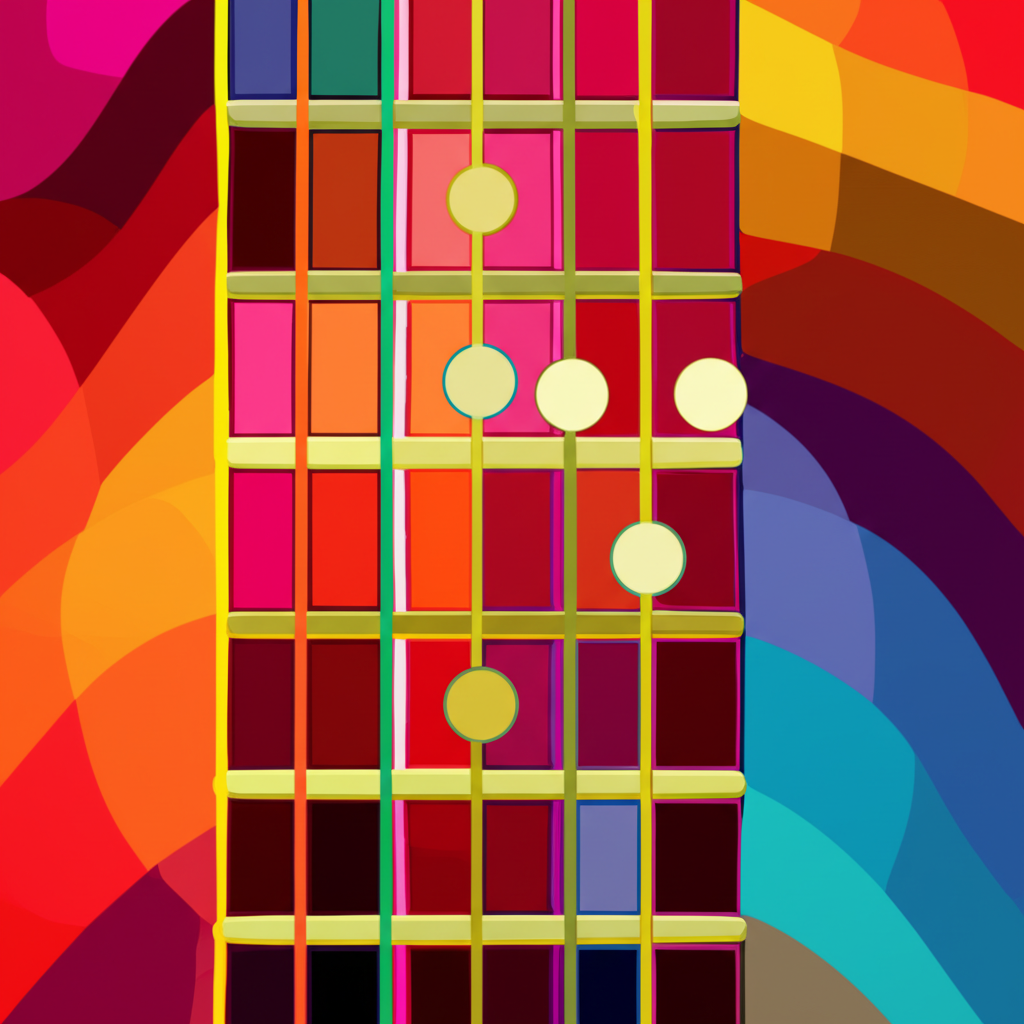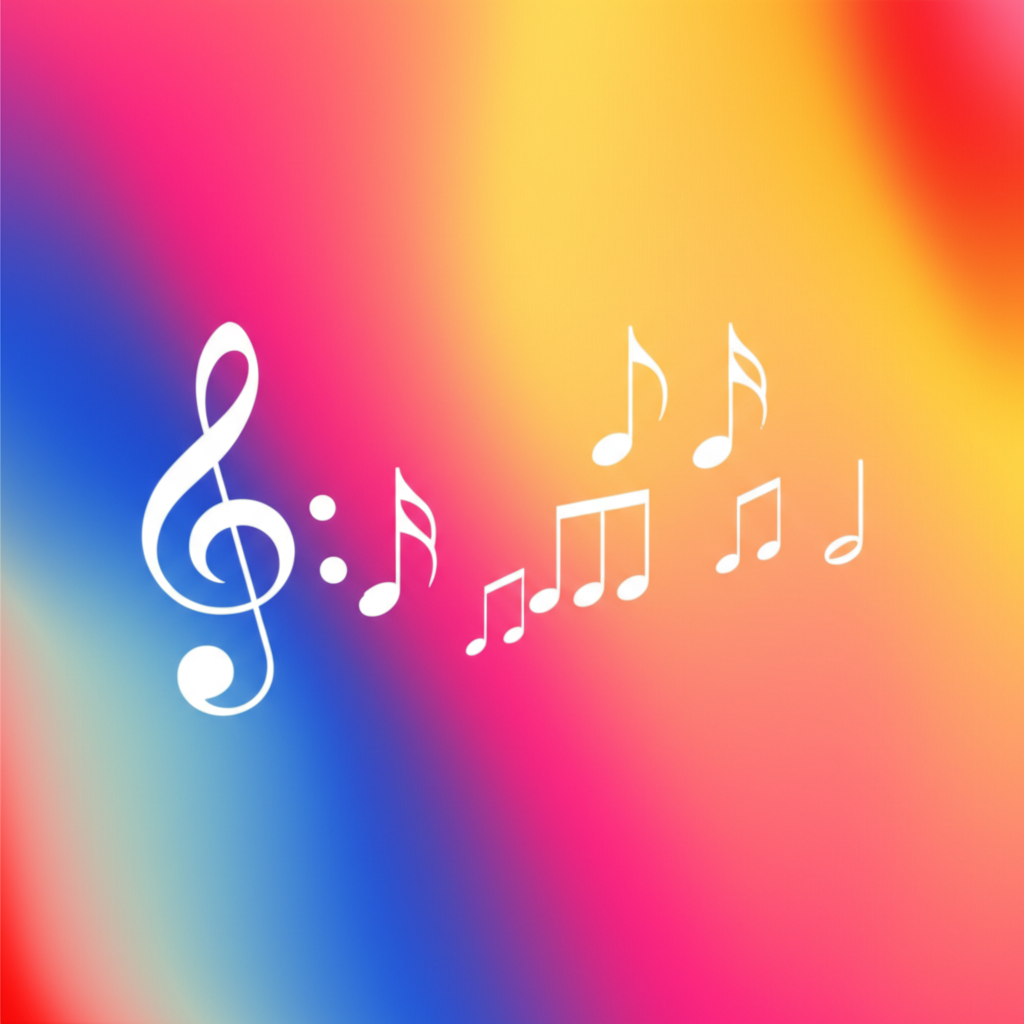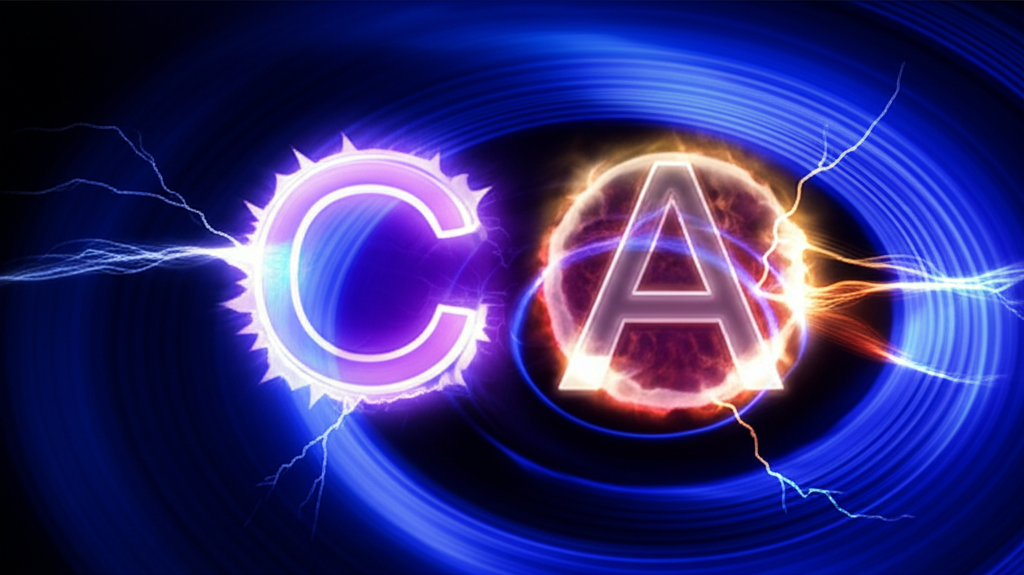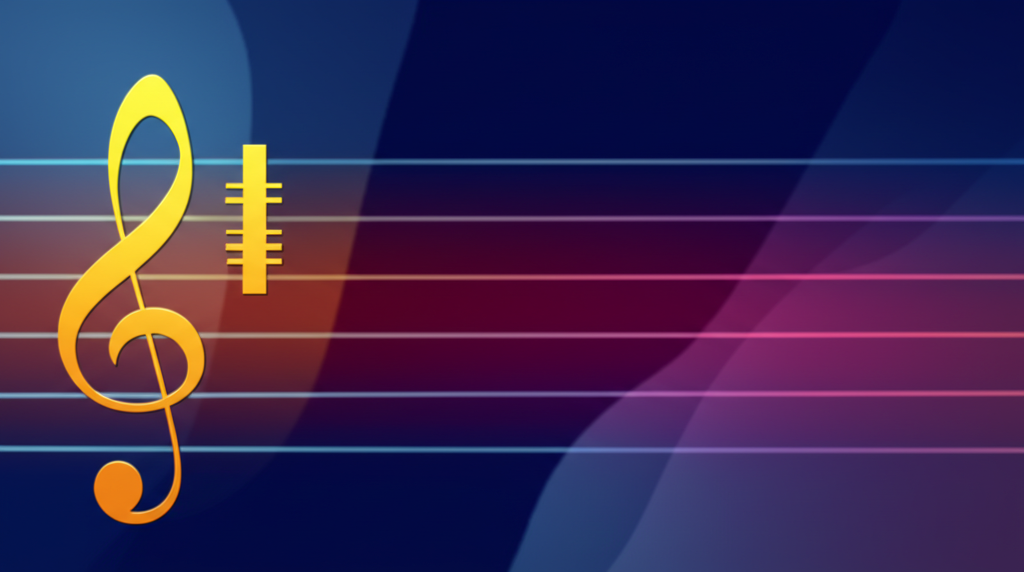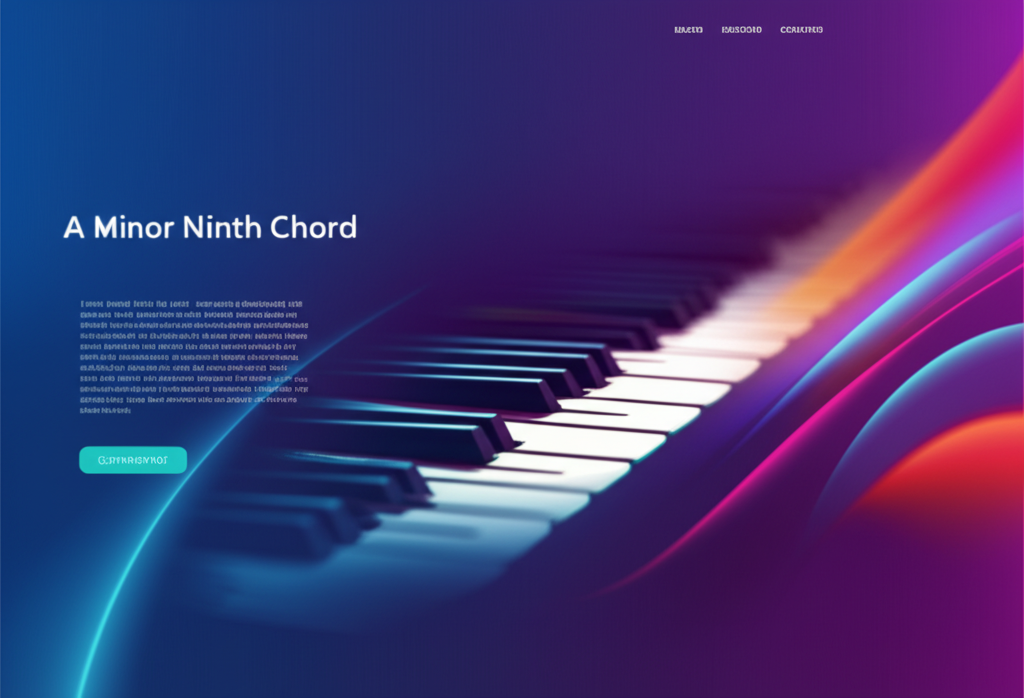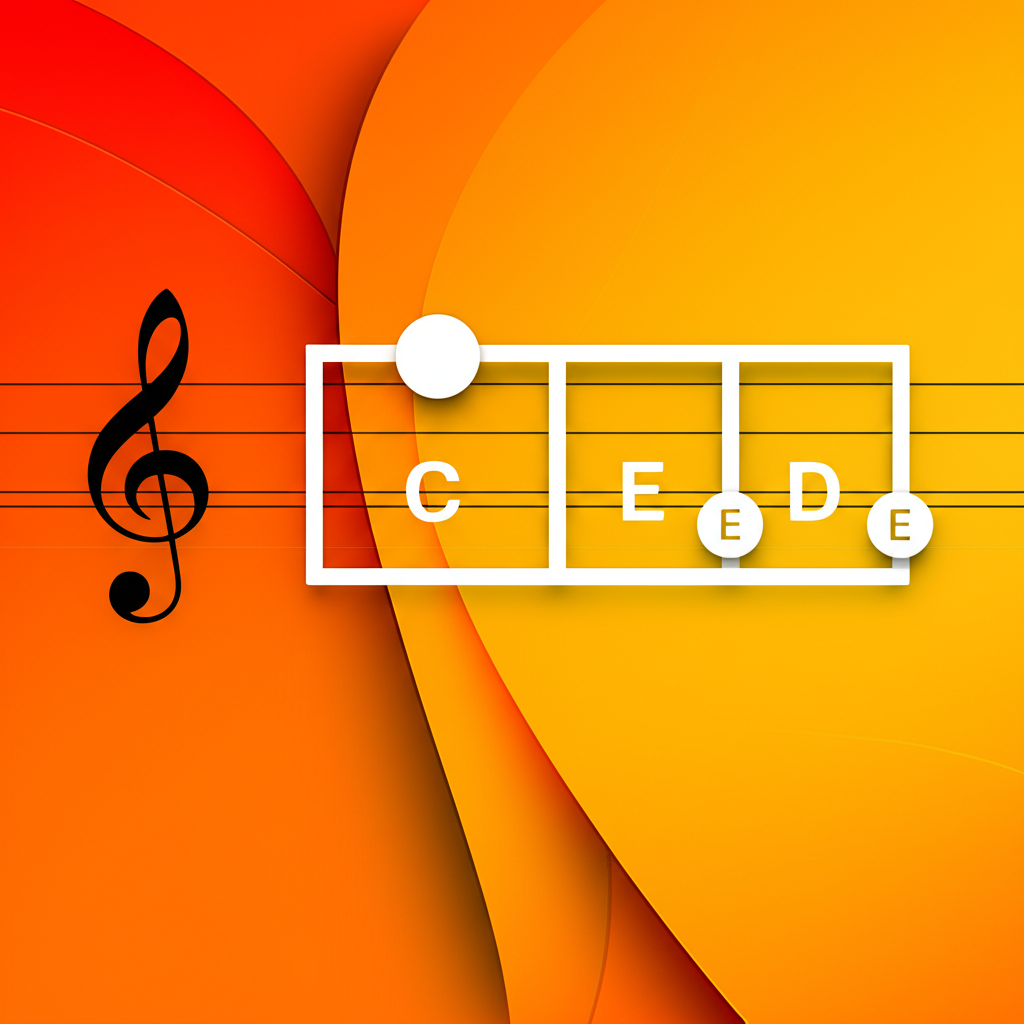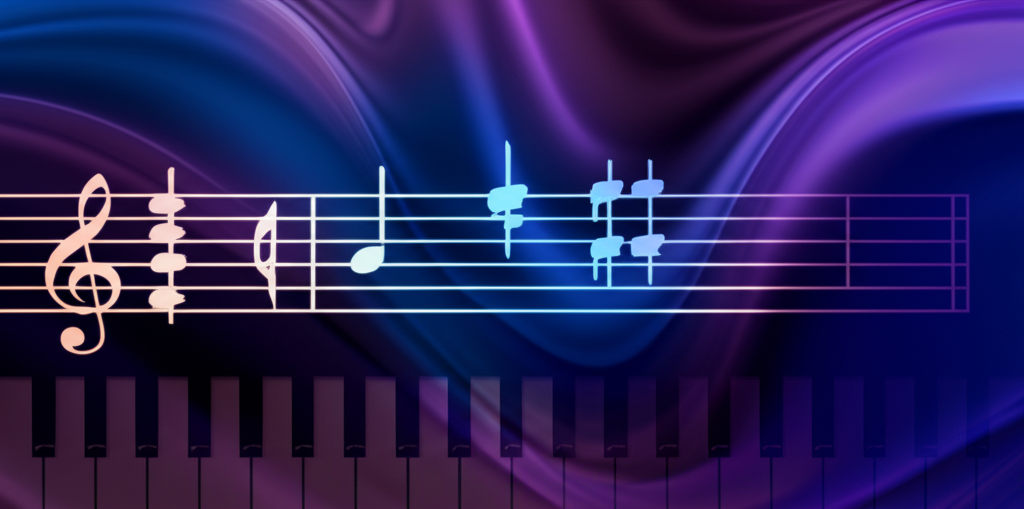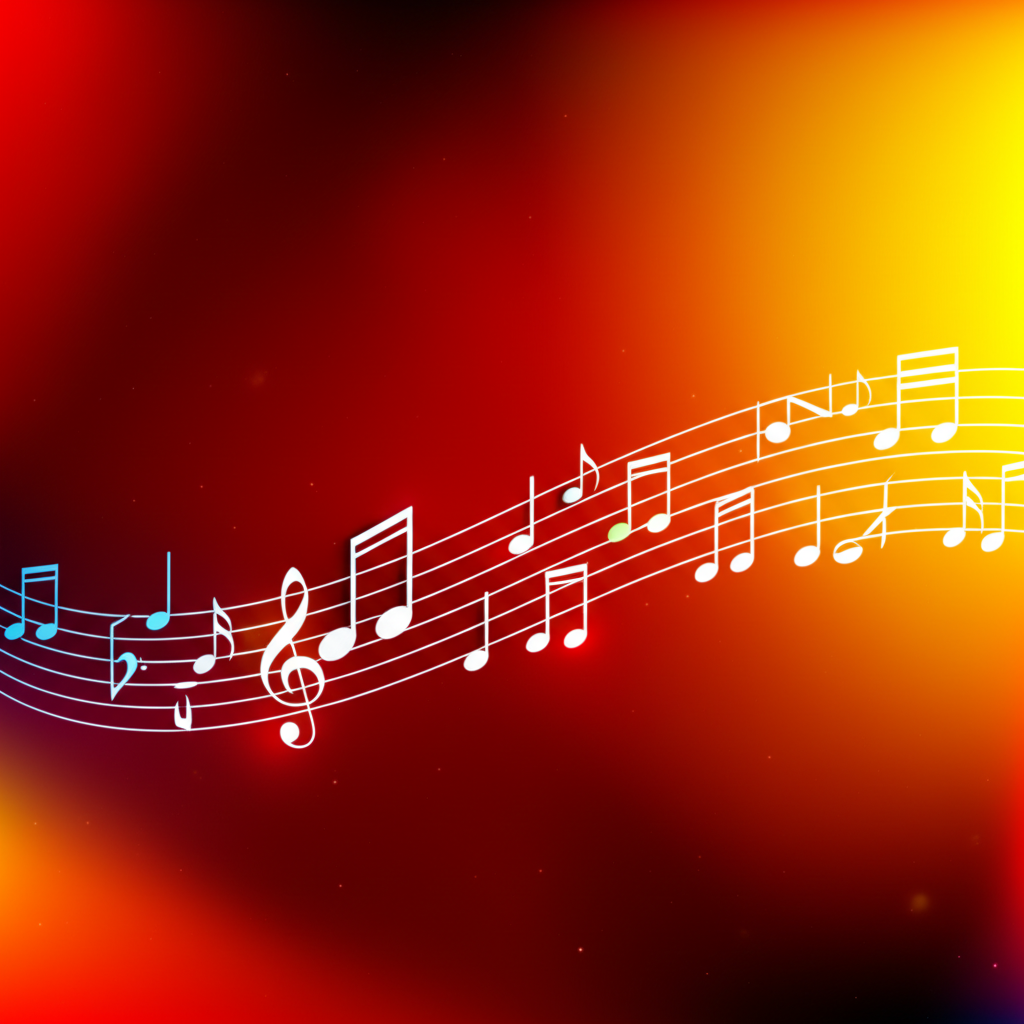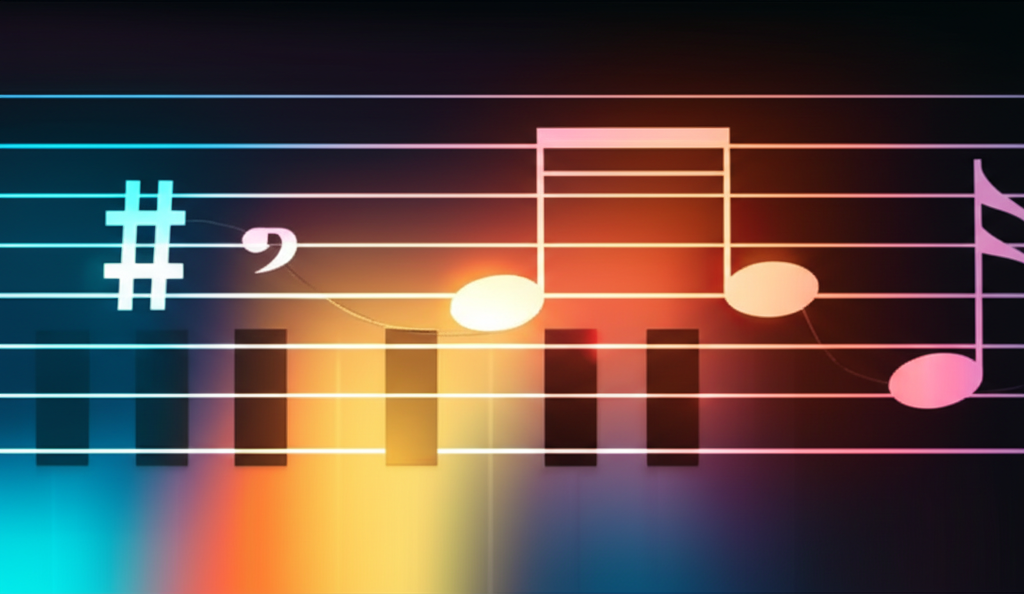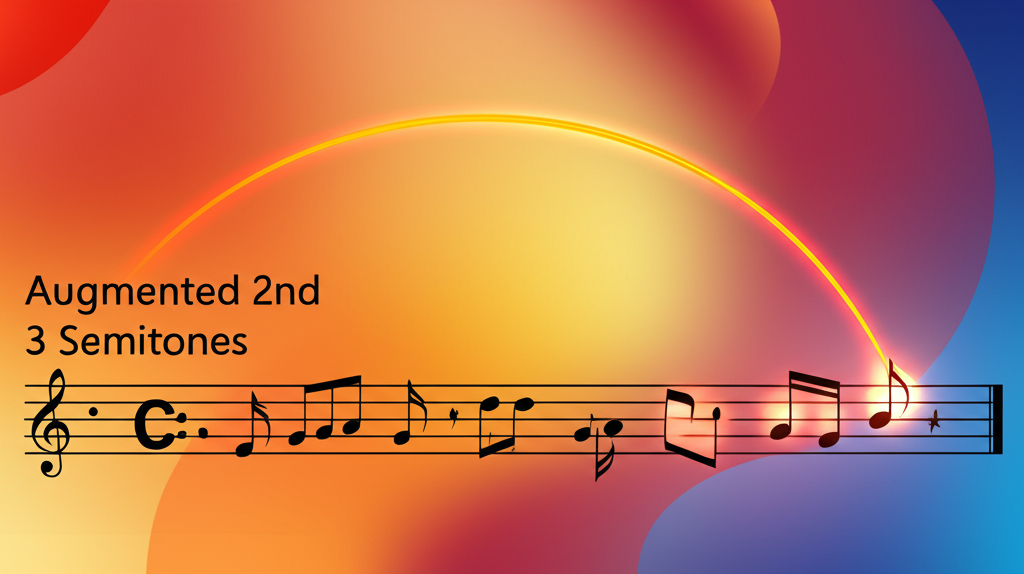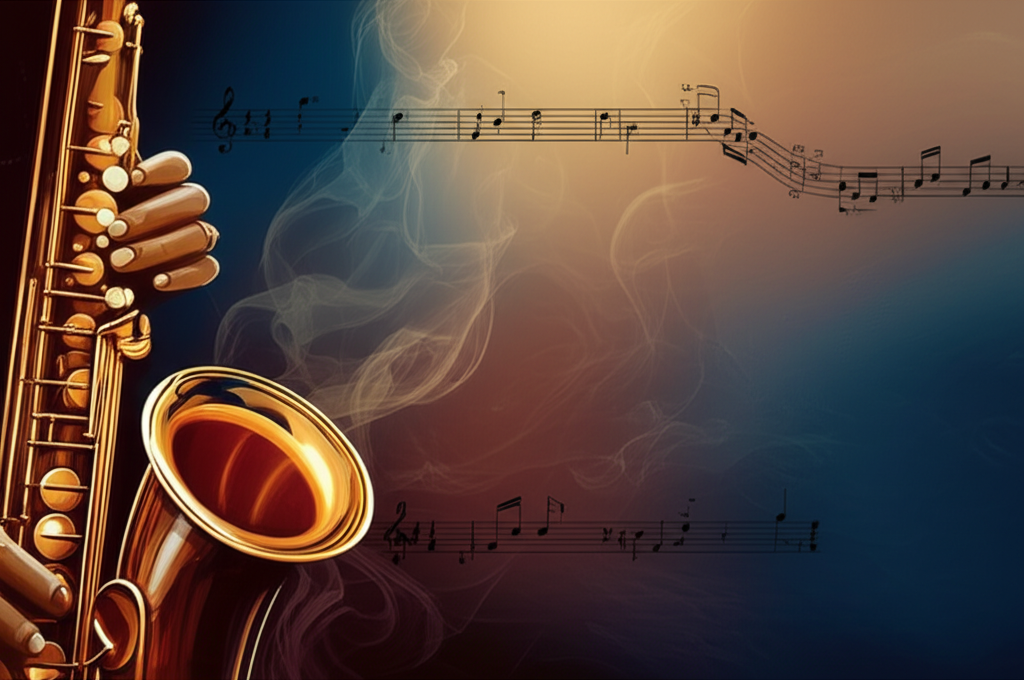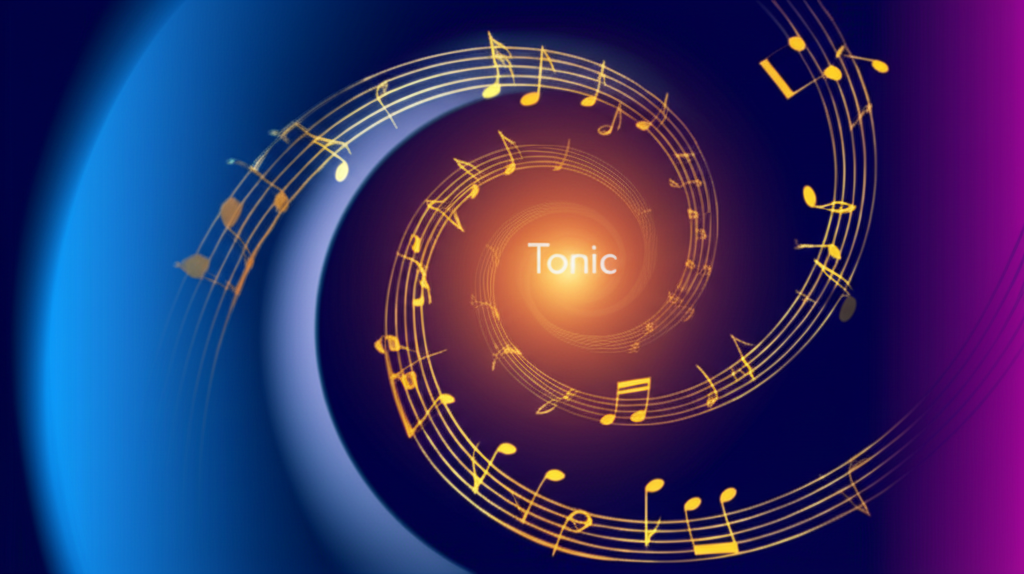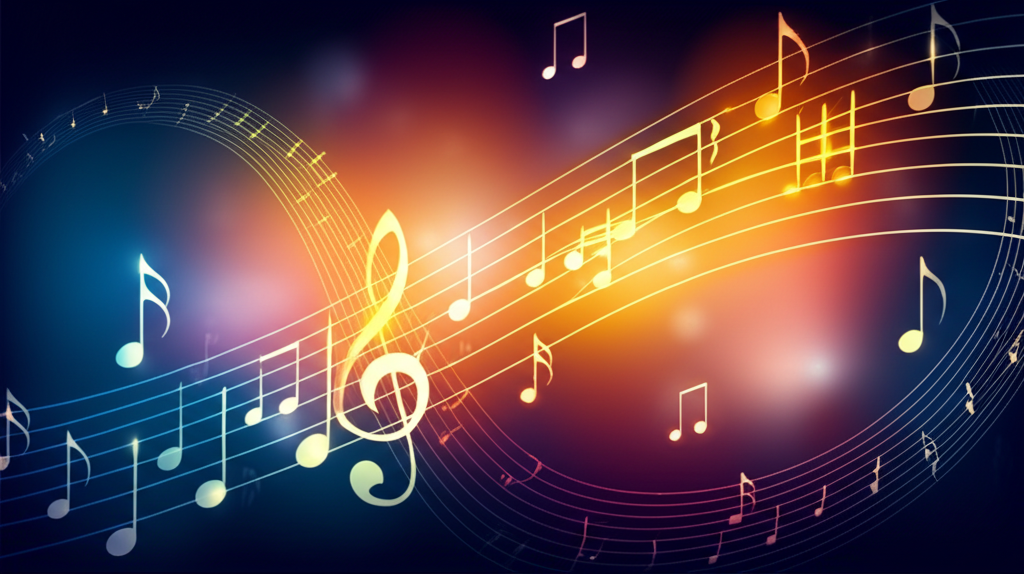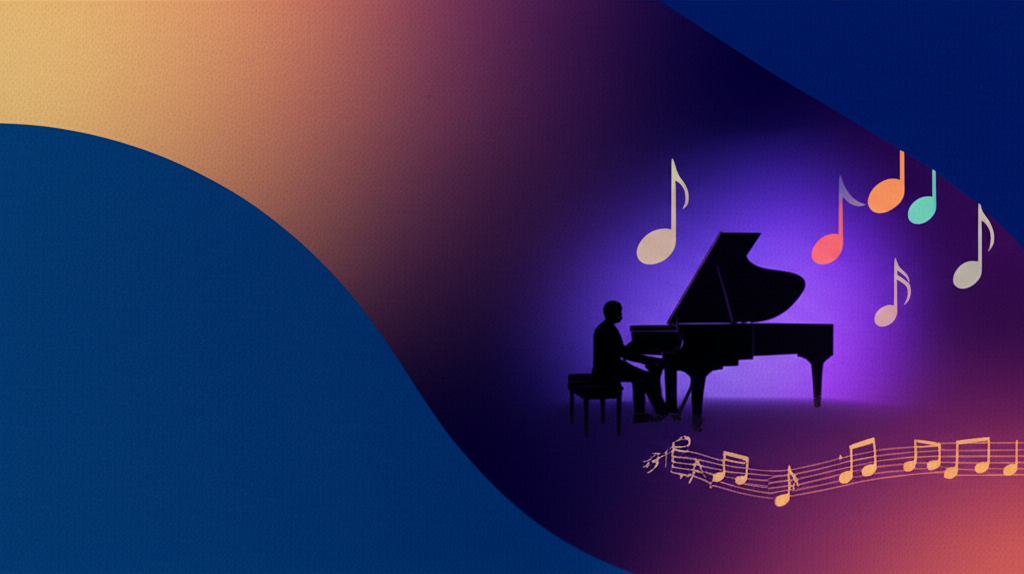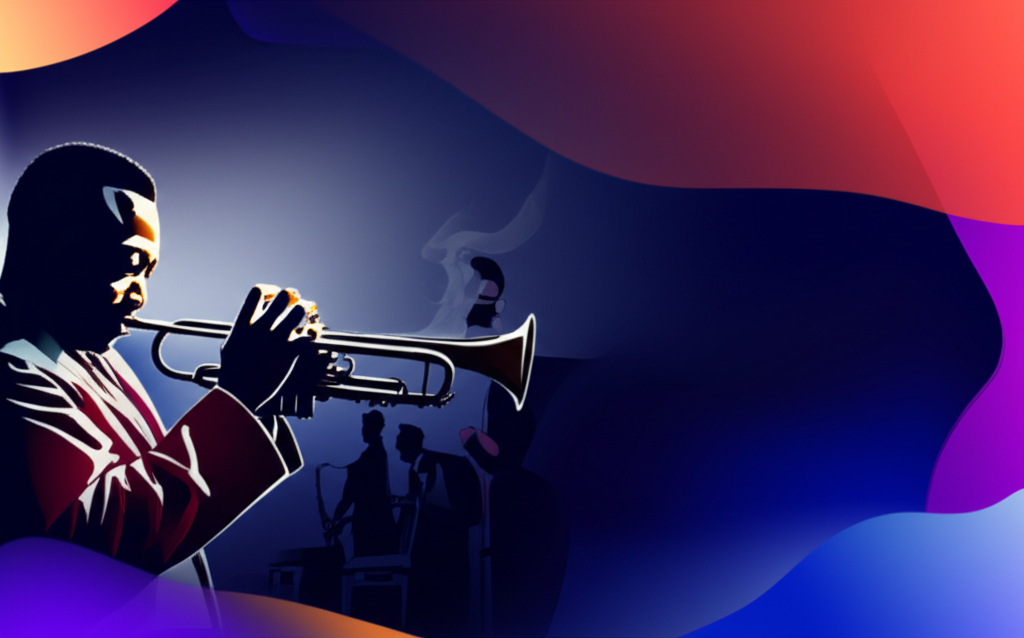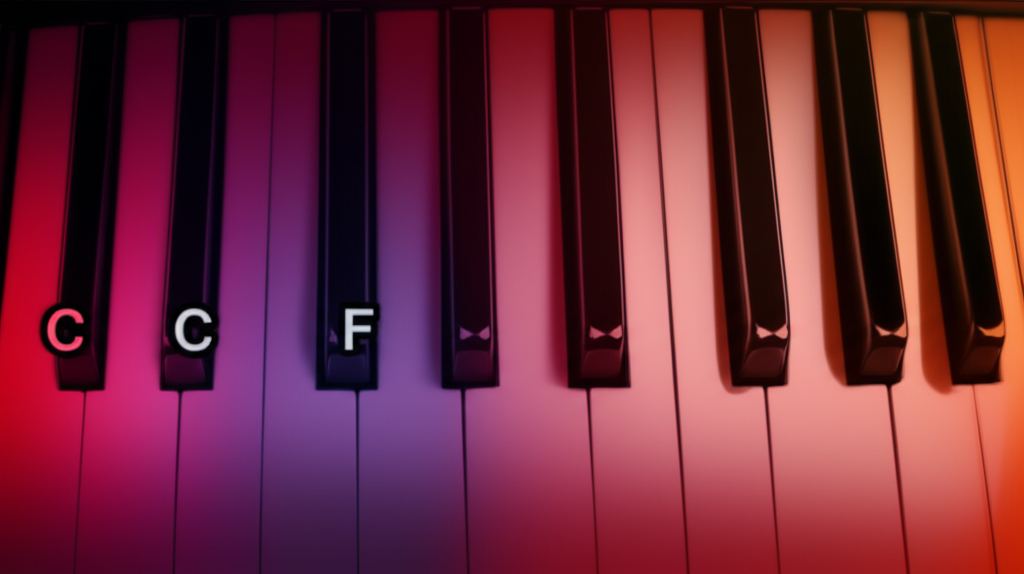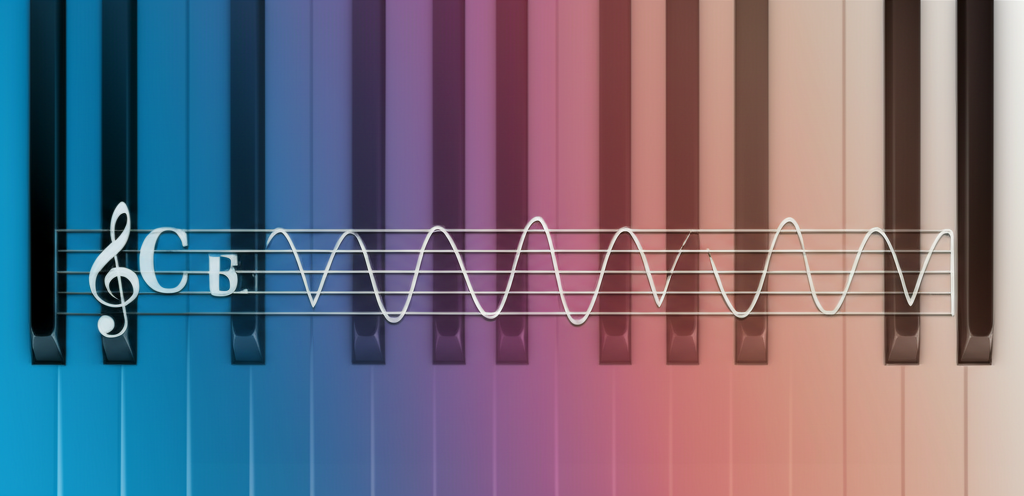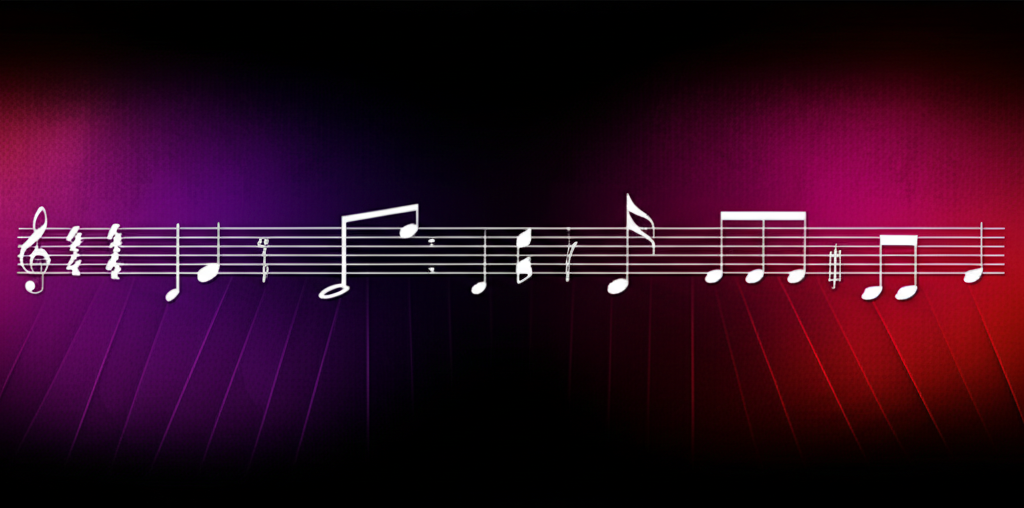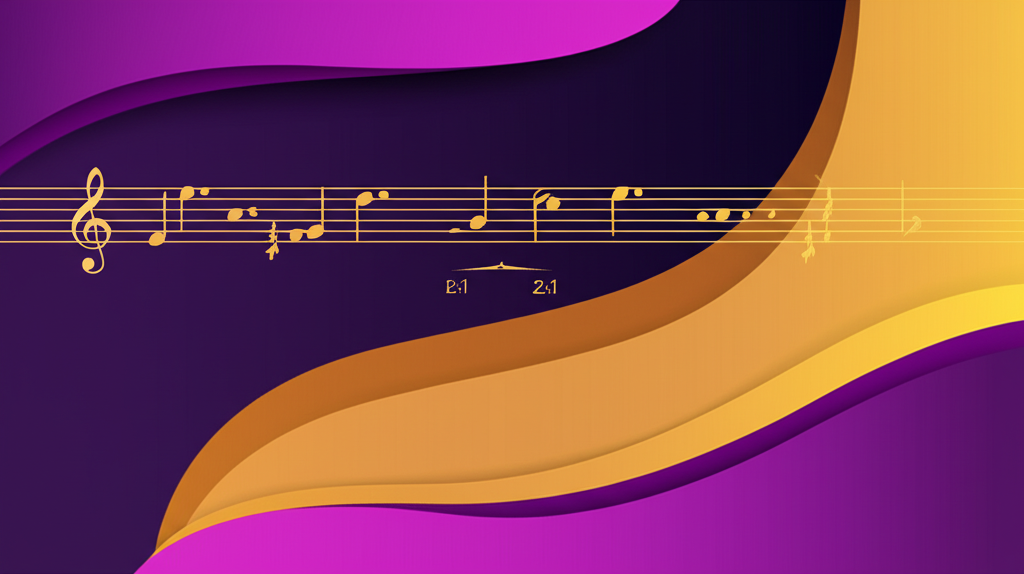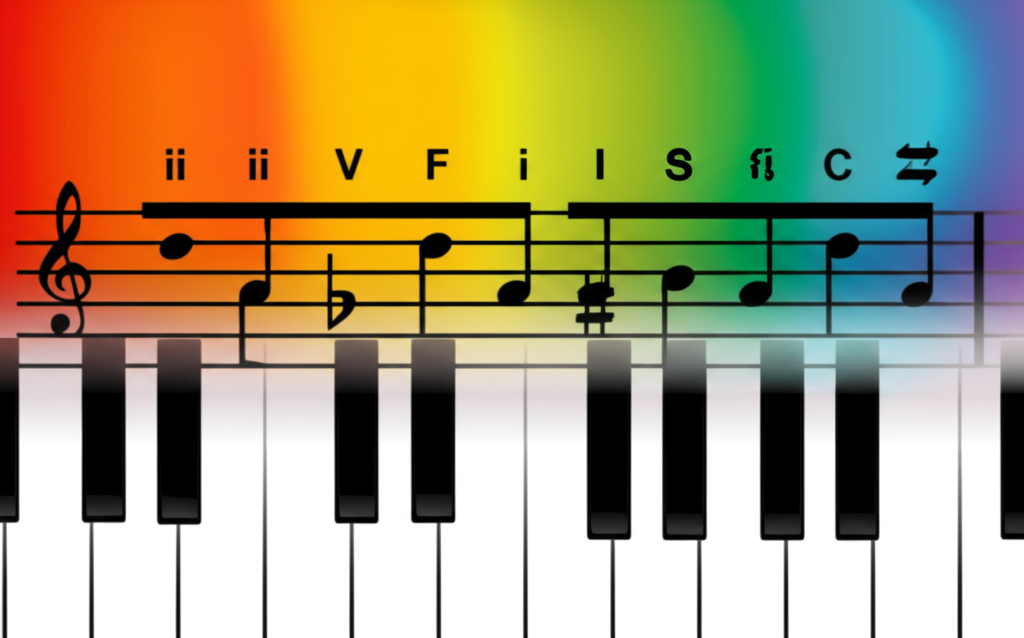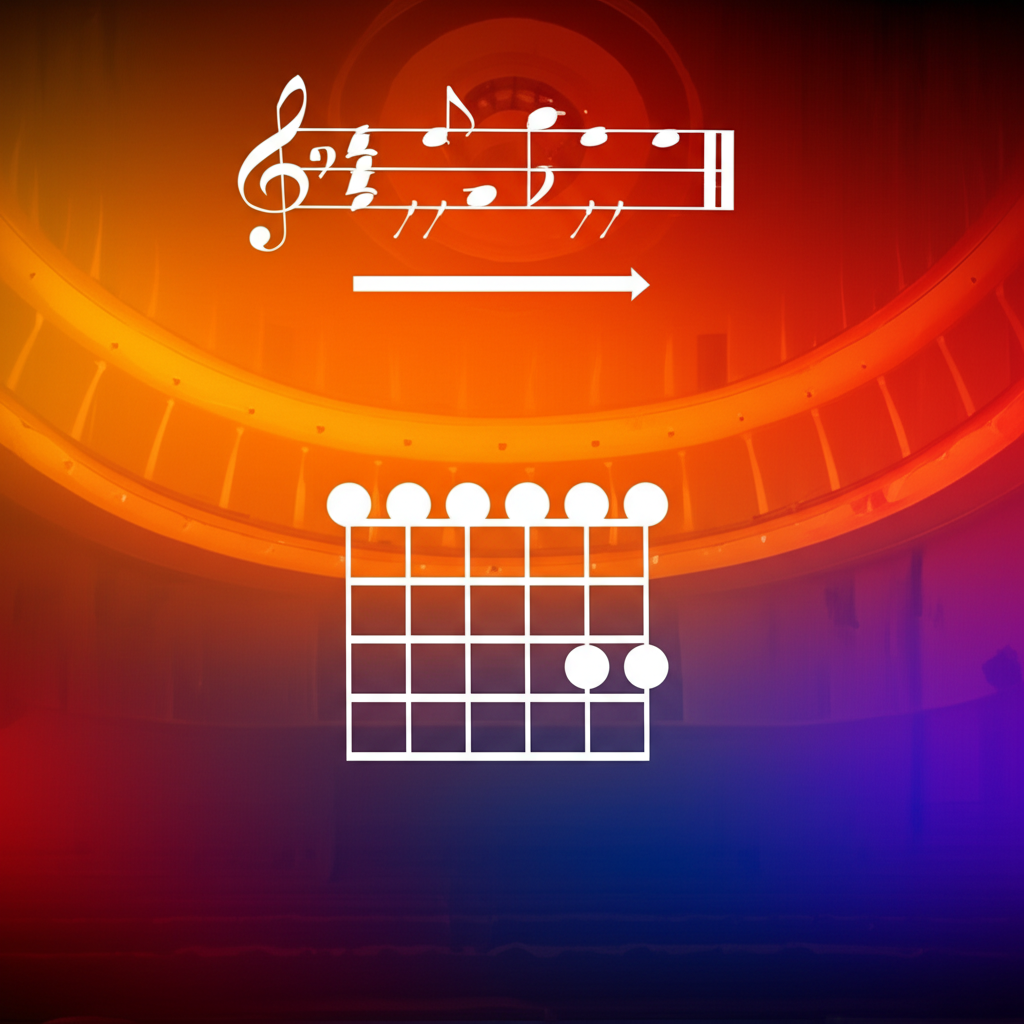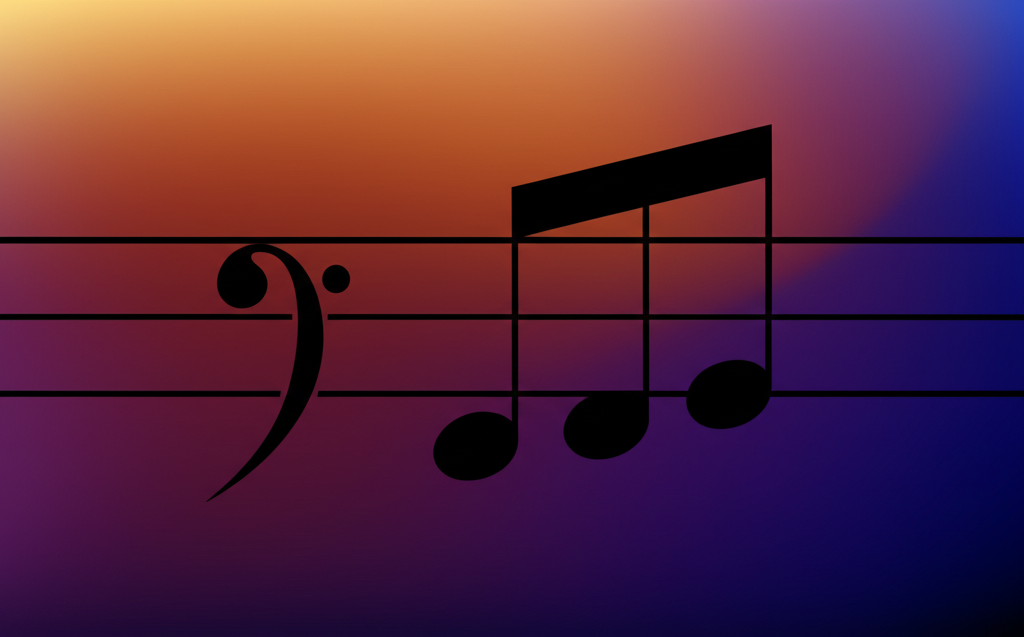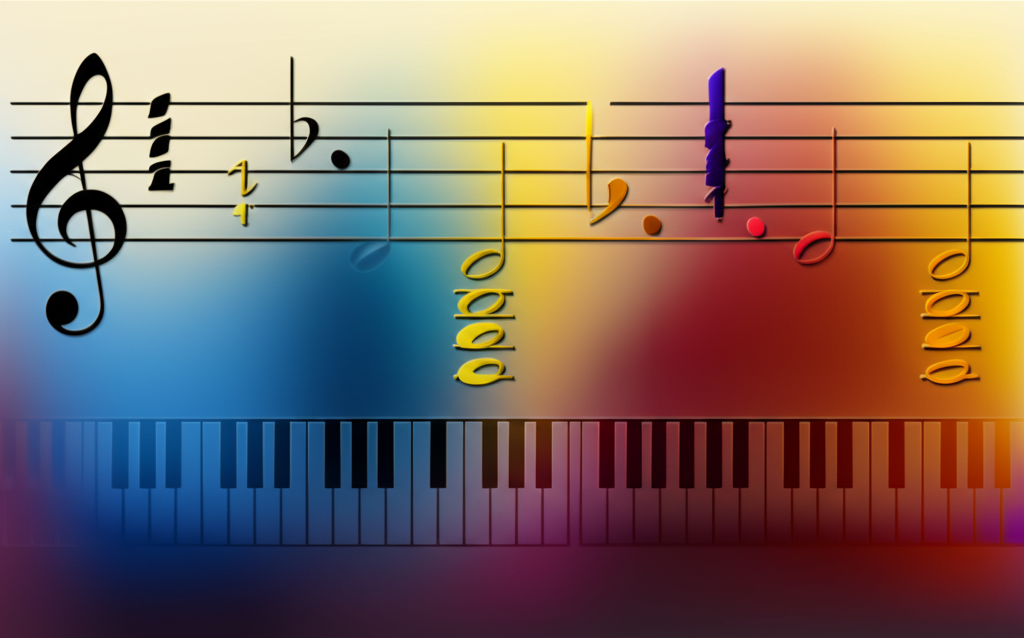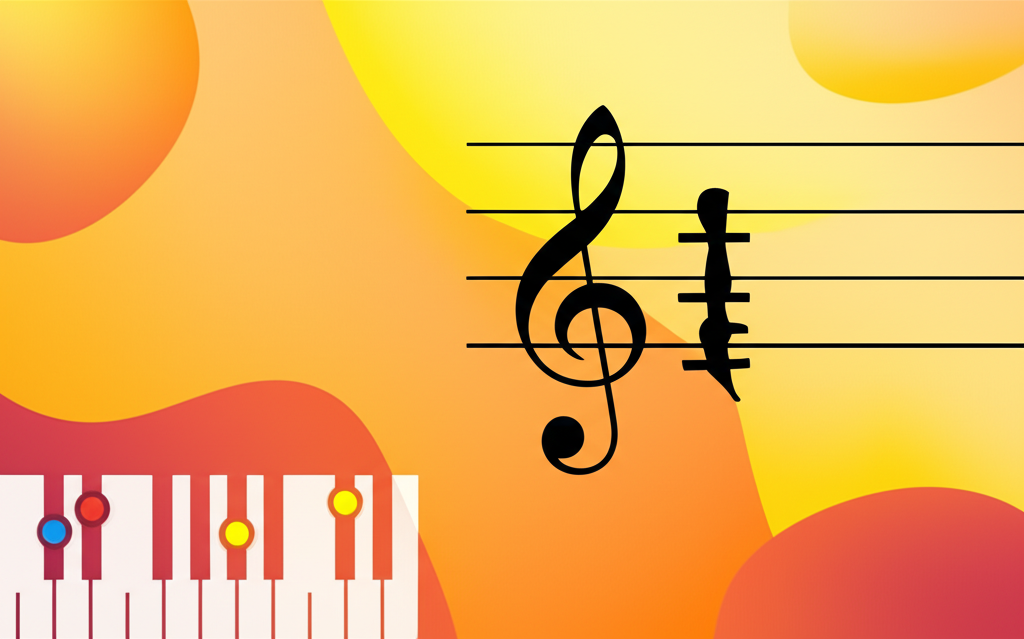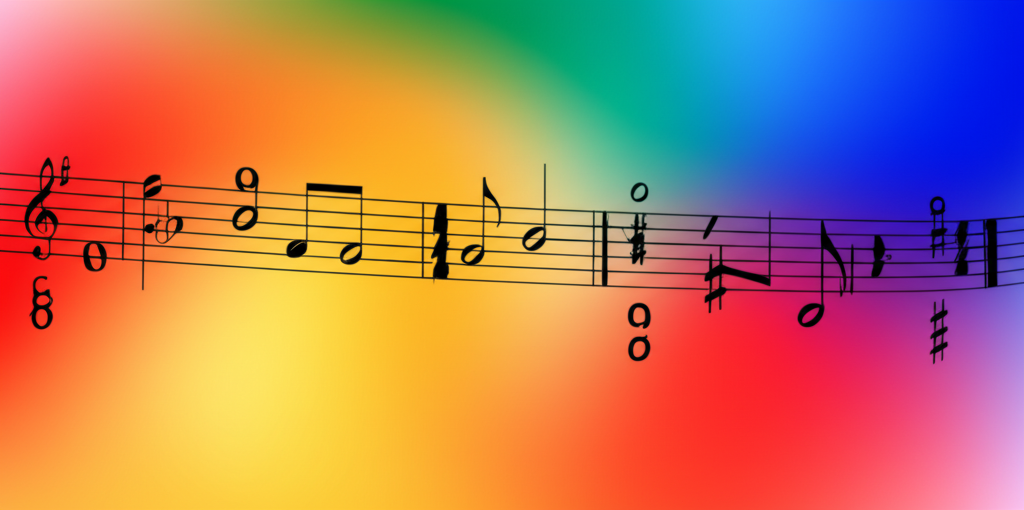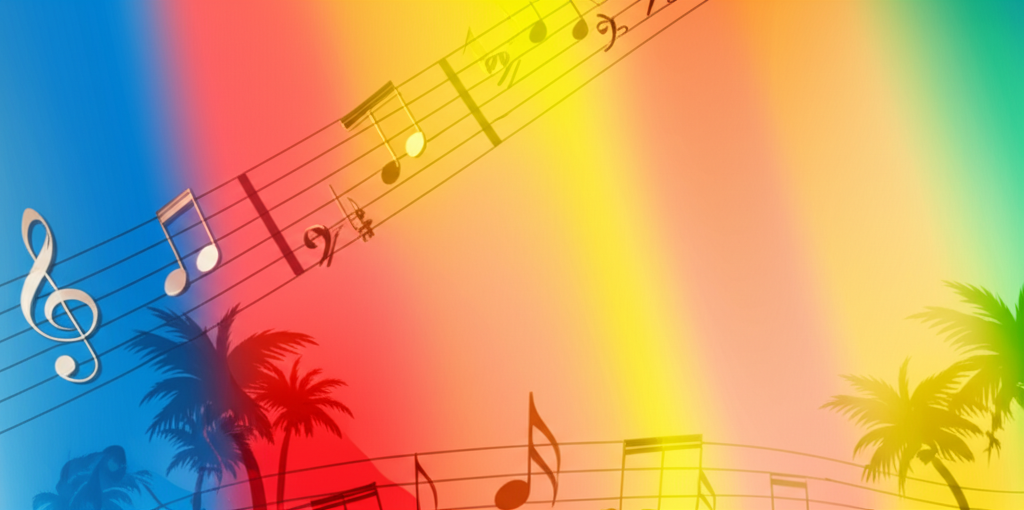
Unlocking the Secrets of the Minor 13th Chord

b4n1
June 14, 2025, 7:04 p.m.
Unlocking the Secrets of the Minor 13th Chord
Summary:
The minor 13th chord, a richly textured and expressive harmony, is a cornerstone of advanced jazz harmony and sophisticated compositional techniques. This article delves into the structure, function, and application of this complex chord, providing practical examples and historical context to enhance your understanding and musical skill.
Keywords:
Minor 13th, jazz harmony, extended chords, chord voicings, music theory, harmony, composition, ABC notation, jazz standards, altered dominants
Introduction:
Beyond the basic triads and seventh chords lies a world of extended harmonies that unlock new levels of musical expression. The minor 13th chord, a sophisticated extension of the minor seventh chord, represents a significant step in mastering advanced harmonic concepts. Its rich sonic palette and complex interplay of intervals make it a powerful tool for composers and improvisers alike. This article will guide you through its intricacies, providing a solid foundation for incorporating this fascinating chord into your musical practice.
Definition and Classification:
The minor 13th chord is an extended chord built upon a minor triad. It contains the root, minor third, perfect fifth, minor seventh, major ninth, perfect eleventh, and major thirteenth. It's classified as an extended chord, specifically a 13th chord, and falls under the broader category of minor harmonies. The voicing and use of the 13th can be altered, adding to its versatility.
Examples:
Example in ABC Notation:
This example shows a Cm13 chord in root position. Note the inclusion of all intervals.
Practical Applications:
Minor 13th chords frequently appear in jazz and contemporary music. They often function as dominant chords, resolving to a tonic or subdominant chord. Their rich texture lends itself well to creating lush harmonic backgrounds and providing complex improvisational possibilities. Many jazz standards utilize minor 13th chords, often with alterations to create a more unique and colorful sound. Consider the rich voicings used in songs like "Autumn Leaves" or "So What" – although not always explicitly written as Cm13, the underlying harmony often incorporates the characteristic sounds of a minor thirteenth.
Historical Figures:
While the precise origins of the minor 13th chord are difficult to pinpoint, its widespread use is intrinsically linked to the development of jazz harmony in the early 20th century. Innovators like George Gershwin, Duke Ellington, and Charlie Parker pushed the boundaries of harmonic language, incorporating extended chords like the minor 13th into their compositions and improvisations. These musicians, along with many others, helped establish the minor 13th as a staple of sophisticated jazz and beyond.
Fun Facts:
The minor 13th chord contains all the intervals of a minor seventh chord, plus the major ninth, perfect eleventh, and major thirteenth – a total of seven notes! Because of its complexity, skillful voicing is crucial to avoid muddiness. Experiment with different inversions and voicings to discover the most sonically pleasing results for your music.
Conclusions:
The minor 13th chord, with its rich harmonic possibilities, offers a significant advancement in your understanding of extended harmony. Mastering its application will greatly enhance your compositional skills and improvisational fluency. How will you incorporate the unique sonic qualities of the minor 13th into your next musical endeavor?
References:
Shearing, George. (1989). *The Jazz Theory Book*. Sher Music Co.
Lewis, Mark. (1999). *The Jazz Chord Book*. Hal Leonard Corporation.
Baker, David. (n.d.). *How to Analyze Jazz*. Retrieved from: [Insert relevant URL]
